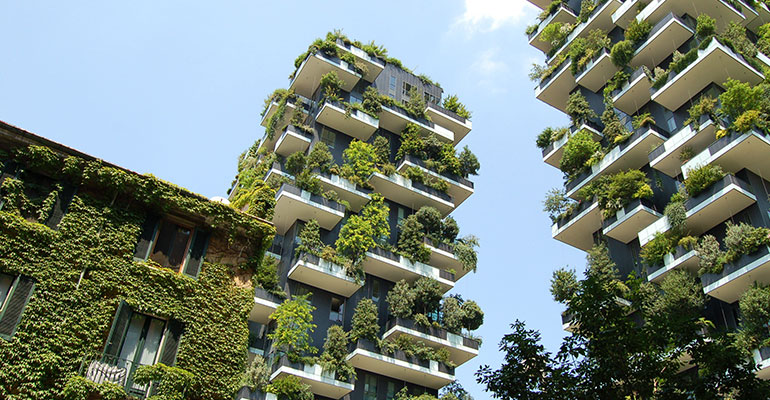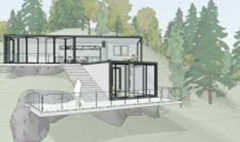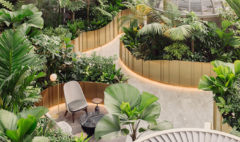Principle & Effects of Biophilic Designs By: Ms.Nikita Pandhare
February 3, 2021 2023-05-11 4:32Principle & Effects of Biophilic Designs By: Ms.Nikita Pandhare
Principle & Effects of Biophilic Designs By: Ms.Nikita Pandhare
The challenge of Biophilic Design is to address these deficiencies of contemporary building and landscape practice by establishing a new framework for the satisfying experience of nature in the built environment.
Biophilic design seeks to create good habitat for people as a biological organism in the modern built environment that advances people’s health, fitness and wellbeing. The successful application of biophilic design necessitates consistently adhering to certain basic principles.
These principles represent fundamental conditions for the effective practice of biophilic design.
They include:
1. Biophilic design requires repeated and sustained engagement with nature.
2. Biophilic design focuses on human adaptations to the natural world that over evolutionary time have advanced people’s health, fitness and wellbeing.
3. Biophilic design encourages an emotional attachment to particular settings and places.
4. Biophilic design promotes positive interactions between people and nature that encourage an expanded sense of relationship and responsibility for the human and natural communities.
5. Biophilic design encourages mutual reinforcing, interconnected, and integrated architectural solutions.
The Effects Of Biophilic Design
While it looks beautiful, biophilic design offers many benefits other than aesthetic. Biophilic design in the workplace has shown to increase creativity and reduce absenteeism, with studies recording an 8% increase in productivity and a 13% increase in employee well-being. Biophilic design has also shown to improve patient recovery times in hospitals, reduce crime rates in residential areas, and increase learning ability and test results in schools. These amazing results stem from the improved user experience of the building. Many public spaces were built with function as their top priority and comfort as an afterthought, meaning that elements such as natural light, airflow, and atmosphere were not given much attention.
Biophilic design has progressed enormously in the past few decades, with research being conducted to explore its reaches and benefits showing spectacular results. As the biophilic design principles are being pushed with new architectural and interior design ideas, our public and private spaces are helping us to connect to humankind’s natural environment. Incorporating nature in the space, nature of the space, and natural analogues is making us calmer, more concentrated, and more content with where we’re spending our time.
This is a journey we’ve been making since we first started building spaces for ourselves, and it will undoubtedly be a factor in our architecture and design for years to come.









